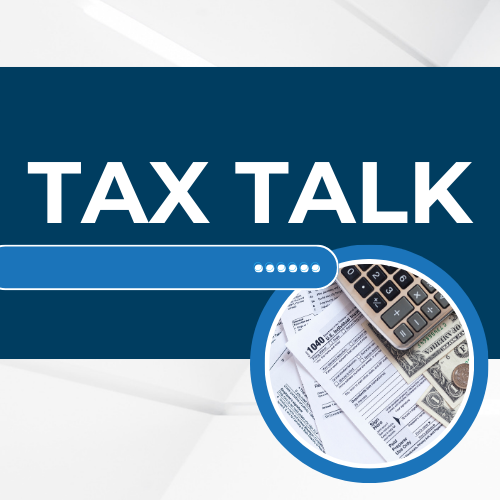FAQ: What Financial Statements Should My Business Use?
Understanding the Three Key Business Financial Statements: Profit & Loss, Balance Sheet, and Cash Flow Statement

For any business, large or small, understanding financial health is crucial. Central to this understanding are three essential financial statements: the Profit & Loss Statement, the Balance Sheet, and the Cash Flow Statement. Each of these documents offers unique insights into different aspects of your business's financial performance and health.
Profit & Loss Statement
Also known as the Income Statement, the Profit & Loss (P&L) Statement provides a summary of your business’s revenues, costs, and expenses over a specific period, typically a quarter or a year. This statement highlights whether your business is profitable by showing the net income, which is calculated by subtracting total expenses from total revenue.
Key Components:
- Revenue: The total income generated from sales of goods or services.
- Cost of Goods Sold (COGS): Direct costs attributable to the production of the goods sold by the company.
- Gross Profit: Revenue minus COGS.
- Operating Expenses: Expenses required to run the business, such as rent, utilities, and salaries.
- Net Profit: Gross profit minus operating expenses and other non-operational costs like taxes and interest.
The P&L statement is critical for understanding profitability and helps in making decisions about cost management and pricing strategies.
Balance Sheet
The Balance Sheet provides a snapshot of your business’s financial position at a specific point in time. It details what the business owns (assets), what it owes (liabilities), and the owner’s equity, which represents the net worth of the business.
Key Components:
- Assets: Resources owned by the business, including cash, inventory, property, and receivables.
- Liabilities: Obligations the business needs to pay, such as loans, accounts payable, and mortgages.
- Owner’s Equity: The residual interest in the assets of the business after deducting liabilities, essentially what the owners hold.
The balance sheet is crucial for assessing the solvency and liquidity of a business, ensuring that the company has enough resources to meet its obligations.
Cash Flow Statement
The Cash Flow Statement tracks the flow of cash in and out of the business over a period. It’s divided into three sections: operating activities, investing activities, and financing activities.
Key Components:
- Operating Activities: Cash generated from or used in the core business operations, such as receipts from sales and payments to suppliers.
- Investing Activities: Cash used for or generated from investments in assets like equipment or property.
- Financing Activities: Cash flows related to borrowing and repaying loans, and transactions with the business's owners.
The cash flow statement is essential for understanding the liquidity of a business, showing how well the company can generate cash to meet its debt obligations and fund its operations.
Each of these three financial statements provides a different perspective on your business’s financial health. The Profit & Loss Statement shows profitability, the Balance Sheet reveals the financial position, and the Cash Flow Statement details liquidity. Together, they offer a comprehensive picture that helps business owners make informed decisions, attract investors, and plan for future growth. Understanding and regularly reviewing these statements is fundamental to successful business management. Contact our office today to find out how to get your business on track with these key statements.















